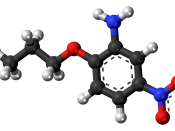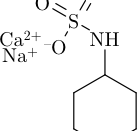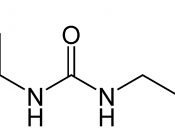The Hidden Dangers Of Artificial SweetenersIncreasing numbers of people in the marketing industry for consumer products have recently discovered the general public's demand for a healthier alternative to many consumer products. With so many people counting calories and watching their weight, some consumers have turned to alternatives that give the seemingly appearance of healthier solution to their problems, but in reality, their solution has caused an even larger problem for the general American public. Artificial sweeteners may only have a 9% range in the market opposed to sugar which holds a 83% share, but the industry is growing at an alarming rate. Many brand name products are now using artificial sweeteners like Splenda in place of sugar. Splenda, Sweet and Low, and Equal are some examples of artificial sweeteners that are commonly found in many foods, but their seemingly harmless appearance has mislead the public into thinking that is it a better alternative to sugar when clearly there is no substitute for the real thing.
Artificial sweeteners have been known to cause malignant tumors in the brain and cancer in the bladder section of the urinary tract. Many consumers believe that artificial sweeteners are a better alternative to sugar, meaning that they can consume more of it. In reality the body does not consider artificial sweeteners as a food substance, therefore the unknown substance is absorbed into the small intestine and stored in fat cells in an effort to get rid them. This process results in a substantial gain in weight. As quoted by Professor Terry Davidson and Susan Swithers in their article on Science Daily, sweeteners disrupt the body's natural ability to "count " calories based on food sweetness (par. 2). If the body's ability to regulate our food intake is marred by artificial sweeteners, without realizing...


